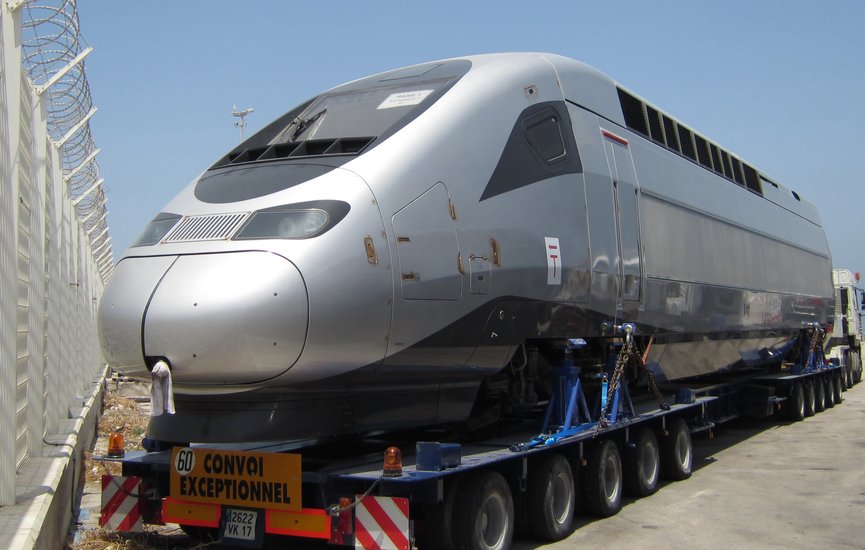Rabat – Morocco’s National Railways Office (ONCF) reports that its trains have transported over 14 million passengers this summer, underscoring the growing popularity of rail travel in the country. This increase in ridership reflects Morocco’s busy summer travel season and the rising confidence in the rail network.
ONCF attributes this milestone to expanded services, which included additional trains and increased capacity on high-demand routes. Staff across stations, onboard trains, and maintenance centers worked diligently to maintain smooth operations, comfort, safety, and top-tier service during the peak period.
To maintain this momentum, ONCF will introduce a new integrated service plan starting Monday, September 15. The plan includes temporary changes due to the ongoing Kenitra–Marrakech High-Speed Rail (LGV) project, such as longer travel times on certain routes, the temporary closure of Mers Sultan station, and revised departure schedules on select lines.
The updated plan also brings several enhancements to the Trains Navette Rapides (TNR) and Al Atlas services. A new direct Safi–Casa Voyageurs route will be launched, with trains departing Safi at 7:00 a.m. and returning from Casablanca at 5:05 p.m. Additionally, two extra trains will be added on the Taza–Fès line, departing from Taza at 6:20 a.m. and returning from Fès at 6:20 p.m.
In partnership with ONCF, the Ministry of Transport and Logistics recently inaugurated the new Taza railway station, a MAD 50 million ($5 million) project that modernizes the city’s rail infrastructure. The station includes a 520-square-meter reception hall, a 150-square-meter passenger area, 260 square meters of commercial space, and an 18,300-square-meter esplanade with parking for over 70 cars. It also ensures smooth connections to Al Hoceima via SUPRATOURS buses.
Furthermore, ONCF will introduce two additional TNR services on the El Jadida–Casa Port route around 7:00 p.m. and new stops along the Casablanca–Rabat line.
These initiatives aim to improve regional connectivity, enhance mobility, and offer passengers a more reliable, efficient, and comfortable travel experience.
